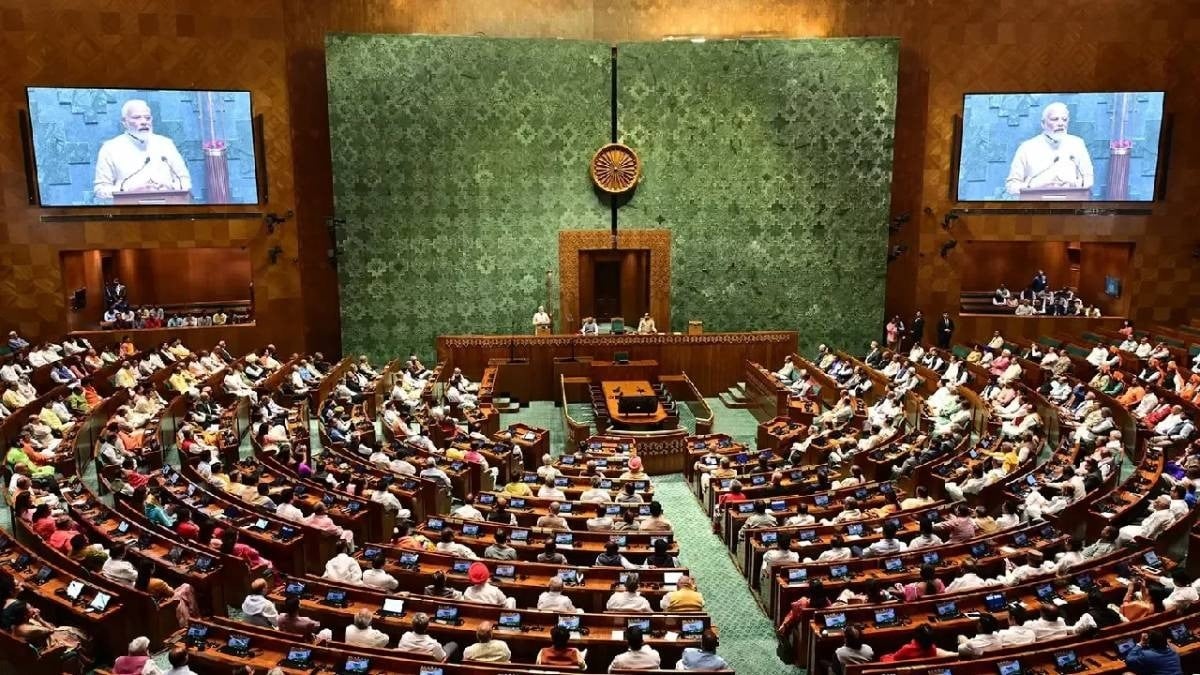SpaceX’s Starlink, a satellite internet service, has recently secured a significant license from India’s Department of Telecommunications (DoT) that will allow it to operate in the country. This milestone is pivotal for the launch of Starlink’s services in India, particularly given the country’s vast and often underserved digital landscape. Starlink primarily consists of thousands of small satellites orbiting the Earth, providing high-speed, low-latency internet to ground-based receivers.
The approval of the General Multi-Point Communications Services (GMPCS) authorization means that Starlink can move forward with building its ground infrastructure and obtaining the necessary spectrum to offer broadband services. This development is particularly crucial in a nation where around 954 million people are internet users, yet significant gaps exist in rural connectivity. With only 398 million users in rural areas and a mere 41 million fixed broadband lines, many individuals, including farmers and hikers, are dependent on unreliable wireless connections. Thus, a satellite internet service like Starlink has the potential to revolutionize connectivity in regions where traditional infrastructures such as fiber optic lines or cell towers are not feasible.
Starlink is currently operational in various countries, boasting a constellation of nearly 7,000 satellites, with plans to expand that number. The service has gained approximately 4.6 million subscribers globally, providing download speeds ranging from 50 to 200 Mbps. Its efficacy has been highlighted in emergency situations, where it has played a vital role in communication during crises, such as in Ukraine during the ongoing conflict, and in disaster recovery scenarios, proving itself as a reliable option in areas where traditional networks falter.
India’s digital landscape has shown marked improvement in internet access—approximately 95% of villages are covered by 3G/4G services. However, the penetration of fixed broadband remains low, emphasizing a pressing need for solutions to bridge the existing digital divides in rural regions. The BharatNet initiative has aimed to improve fiber connectivity in villages, but challenges persist, primarily due to the absence of high-speed internet in remote areas. Starlink’s impending arrival is perceived as a means to close this “last-mile” connectivity gap for communities often neglected by existing telecom infrastructure.
The impact of reliable satellite broadband extends across various sectors. In education, Starlink can facilitate online learning and telemedicine in rural schools and clinics, providing access to global resources and expert consultations that may otherwise be unavailable. Local economic development can thrive as high-speed internet enables e-commerce, digital banking, and improved market access for rural entrepreneurs. Furthermore, government services can become more efficient, allowing for e-governance initiatives and better access to welfare programs in areas lacking consistent connectivity. Critical uses also extend to defense communication, where satellite links could secure data transmissions for remote military bases.
However, Starlink’s entry into the Indian market is not without challenges. Existing competition includes notable players such as Reliance Jio, which has initiated its own satellite services, JioSpaceFiber, targeting similar underserved areas. Additionally, partnerships like Bharti Airtel and OneWeb aim to leverage LEO satellites to expand broadband coverage. As the competition heats up, industry insiders anticipate a dynamic market landscape where companies must innovate and provide compelling services to attract customers.
Regulatory compliance presents another hurdle for Starlink. The license comes with stringent security measures, including the requirement for geo-fencing around international borders, data localization, and real-time traffic monitoring capabilities. While certain regulations have been relaxed compared to earlier proposals, significant challenges remain regarding compliance and infrastructure deployment. The complex bureaucratic processes surrounding spectrum allocation further complicate the timeline for service launch, creating potential delays.
Pricing strategies will also play a crucial role in Starlink’s market adoption. Current costs for its equipment are relatively high, potentially placing it out of reach for many rural users who rely on low-cost mobile data options. Although reports suggest that competitive pricing strategies may be employed to gain user traction, the service will still need to demonstrate clear advantages over existing mobile solutions.
Furthermore, geopolitical concerns could impact Starlink’s operations, especially given the current tension surrounding its founder, Elon Musk, and former U.S. President Donald Trump. The political climate could influence regulatory support or complicate international operations, potentially leading India to seek alternative domestic solutions or partnerships to ensure national security and technological independence.
In conclusion, the recent licensing of Starlink marks a significant advancement for digital connectivity in India. The impending rollout of satellite broadband services stands to address long-standing connectivity issues, particularly in remote regions. However, the company must navigate regulatory hurdles and competitive challenges while ensuring affordable service to meet local needs effectively. As the partnership landscape evolves and pricing strategies develop, the success of Starlink in India will significantly shape the future of broadband access and connectivity in the nation.










